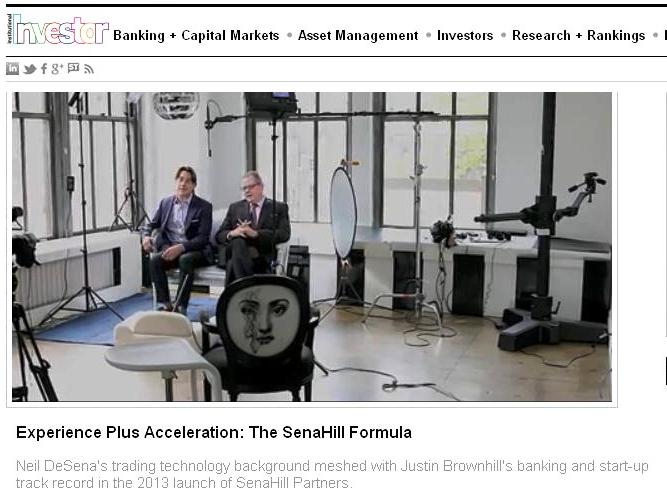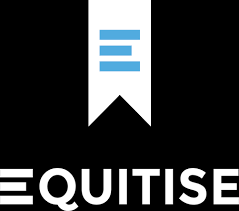Identifying the top fintech financiers is no easy task these days. It seems like only yesterday when MarketsMuse curators were among the first to advance the phrase “fintech” in the course of profiling startups seeking to disrupt the financial services sect, many of which have been led by sell-side veterans who made their best trades building innovative financial technology applications for bulge bracket banks and institutional brokerage platforms. At the outset of this now mainstream trend towards disruption of legacy financial technology tools and applications, fintech was a label given to trading system firms; now it is a ubiquitous moniker used to categorize a full-blown industry that counts more than 3000 start-ups and fast growing enterprises across the globe.
(feature images courtesy of YANN LEGENDRE)
Fintech is still the term used to to describe fast-moving firms that deliver Web 3.0 trading system and institutional broker tools, but also now includes enterprises that have brought peer-to-peer lending, crypto currency, distributed ledger companies and other offerings that are rapidly changing the way financial industry firms operate, and more important, the behavior of end-users across the globe. Along the way, this evolution has also created a cottage industry of bankers, private equity firms and VCs who share the catchphrase “What’s Next?” and whose respective vision is focused on the “next great thing” within the context of the way we interact when conducting a financial-centric task.
“Many of the Fintech Finance 35 — those ranked by Institutional Investor as the leading financiers and facilitators of the ongoing entrepreneurial explosion in financial technology — have “partner” in their titles. Their firms are structured as partnerships, but all on the list are partners in a practical, day-to-day sense. They are as much strategic advisers and collaborators as they are funders; “partnerships” are what they offer to companies they invest in and usher toward growth and maturity.” Jeffrey Kutler, Institutional Investor Magazine
With that, its no surprise that Institutional Investor Magazine, which for years has been the harbinger of the financial industry’s best-in-class people (e.g. Institutional Investor All America Research Team is the bible used to benchmark equity and fixed income research analysts) has more recently started tracking the top funders and dealmakers from across the fintech ecosystem via II’s Annual Fintech Finance 35. And, hot off the press: II’s 2016 Top Influencers in Fintech Finance! With 35 top guns highlighted, MarketsMuse team arbitrarily picked out one of the profiles from the middle of list of 35 to share with our readers. The folks who have risen from last year’s #19 spot to this year’s #16 spot are the principals of SenaHill Partners, which is arguably one of the fintech industry’s leading pioneers. SenaHill positions itself as part investment bank, part PE investor, part adviser and part incubator. Below is the excerpt courtesy of II’s Jeffrey Kutler.

Principal investor, strategic adviser, and business accelerator, SenaHill Partners gets a lot of mileage out of just 14 people. “We’re hiring,” managing partner Justin Brownhill says — an auspicious indicator for the New York firm and perhaps for fintech deal flow overall. Founded by Brownhill and co–managing partner Neil DeSena in 2013, SenaHill is staffed by people with extensive banking, brokerage, and operational experience, further leveraged by an adviser network of dozens of industry veterans, who contribute strategic insights and help identify and vet investment candidates. “Two to three generations of knowledge,” hands-on experience and a roll-up-the-sleeves attitude set SenaHill apart, says Brownhill, 45, who was an investor in and executive at Lava Trading, which Citigroup acquired in 2004, and CEO of the Receivables Exchange from 2007 to 2012. “Venture capital in financial technology is a journey, not a me-too business,” says DeSena, 52, who started the REDI institutional trading business in 1992 and ran it until 2006, the last six years as part of Goldman Sachs Group. “ ‘Five years and exit’ isn’t the way it works.” SenaHill’s 22-company portfolio includes investment research and analytics site Market Realist, where Brownhill is a board member; blockchain smart-contracts company Symbiont, where DeSena is a director and former Morgan Stanley capital markets executive Caitlin Long recently became chairman and president; and WealthForge, a private capital–

raising platform that placed third in last year’s UBS Future of Finance Challenge (see Hyder Jaffrey, No. 30). Another holding, know-your-customer platform Trunomi, represents “reg tech,” the emerging regulatory-and-compliance category that Brownhill and DeSena are following alongside other fintech themes in capital markets, banking and payments, insurance, wealth management, and infrastructure. “The interest is now top-down,” Brownhill observes, referring to incumbent financial services companies’ openness to investing in or partnering with entrepreneurs. “They are hiring us to connect them with young, emerging technologies.” Says DeSena: “The incumbents need help. Their budgets are big but shrinking.”
Prospectus.com team of capital markets experts and securities lawyers specialize in preliminary offering prospectus, secondary offering prospectus and full menu of financial offering memorandum document preparation. More information via this link
The Fintech Finance 35 will be honored at the iiFintech Awards taking place on December 1. The awards program was designed to bring together the honorees of the Tech 50, Fintech Finance 35, and Trading Technology 40 to explore how financial technology will continue to transform the industry.
This ranking was compiled under the direction of Senior Contributing Editor Jeffrey Kutler. Individual profiles were written by Kutler, Asia Bureau Chief Allen T. Cheng, Senior Writers Frances Denmark and Julie Segal, and Staff Writer Jess Delaney, as well as by former Editor Michael Peltz, Content Editor Anne Szustek, Associate Editor Kaitlin Ugolik, and Assistant Editor Jen Werner. To read the entire story from II, please click here




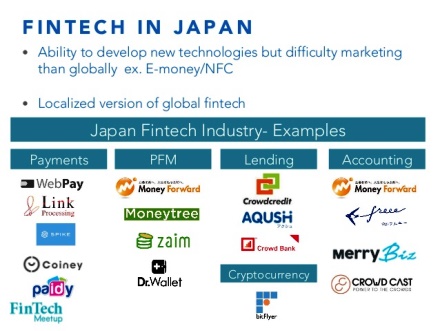

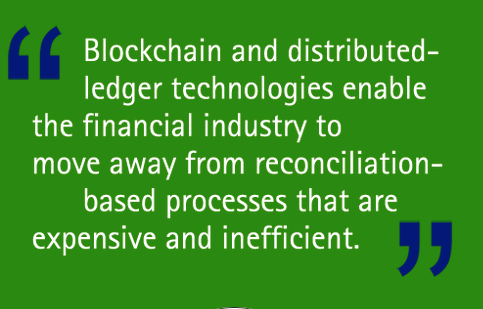

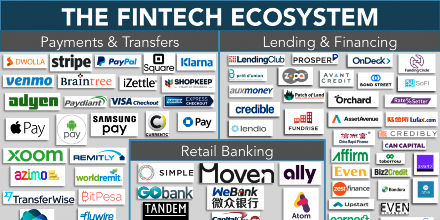
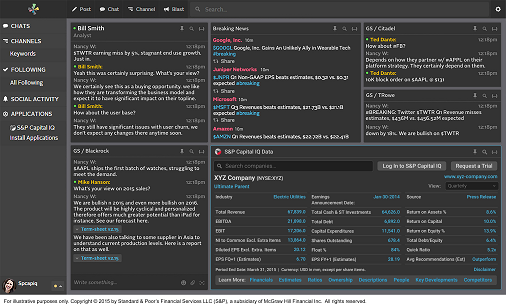



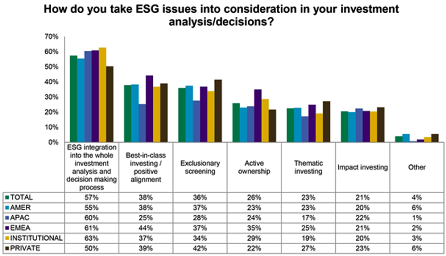
 Yet an upstart fund manager called
Yet an upstart fund manager called 






